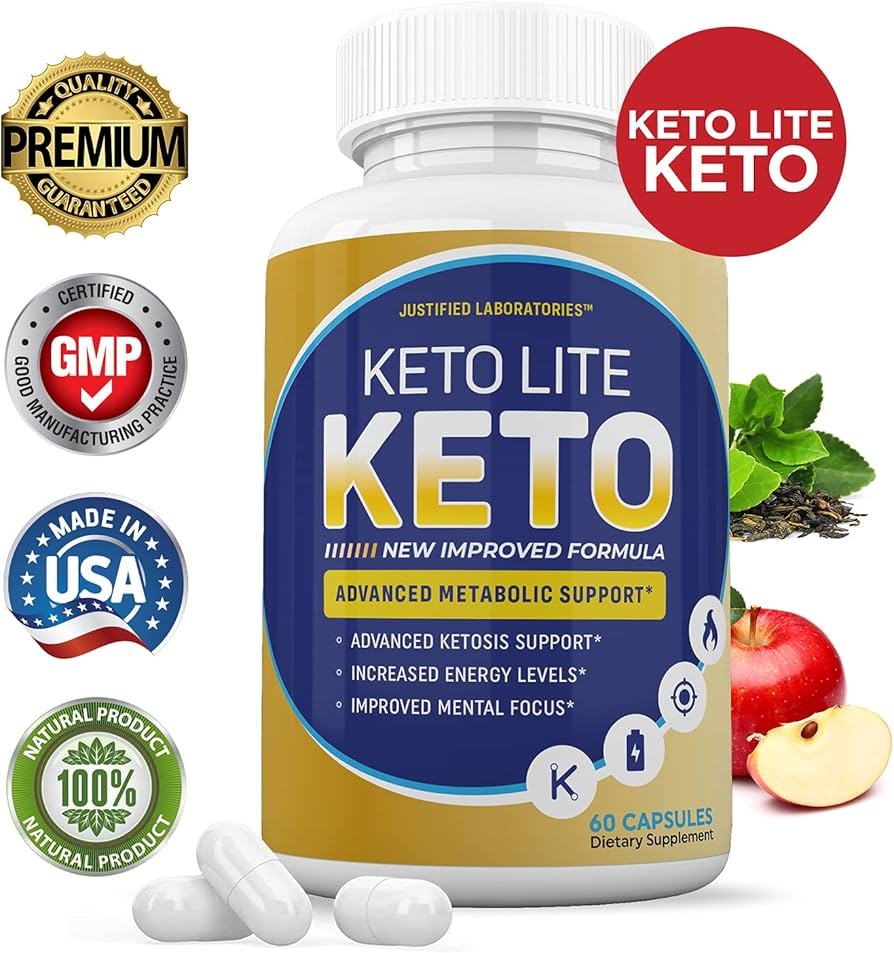Smart Ways to Enjoy Guacamole: Reduce Carbs in 2025
Guacamole is more than just a delicious dip; it's a versatile dish that can elevate your meals while keeping your carb intake in check. With its rich flavor profile, guacamole is not only loved for its taste but also celebrated for its nutritional benefits. Especially when aiming to reduce carbs in your diet for 2025, understanding guacamole's nutritional composition can guide you in creating healthier versions that still pack a punch of flavor. This article will explore the nutritional values, benefits, and various recipes for guacamole, ensuring you can enjoy this delightful dip while sticking to your dietary goals.
We will delve into the carbs in guacamole, discussing how many carbs are in guacamole and how you can adapt your favorite recipes to enhance their health benefits. You'll also discover how to make keto guacamole options and enjoy guacamole as part of a low-carb diet, serving up healthy recipes for all occasions.
Key takeaways will include understanding guacamole nutrition facts, practical tips on how to reduce carb content, and exploring guacamole alternatives that complement a healthy lifestyle.
Understanding Guacamole Nutritional Value
To fully appreciate this superfood, it’s crucial to explore the nutritional composition of guacamole. Made primarily from avocados, guacamole is rich in healthy fats, fiber, and essential vitamins. The key to its health advantages lies in the properties of avocados themselves.
Avocado properties contribute significantly to guacamole's nutritional profile. For instance, avocados contain monounsaturated fats, which are known to promote heart health. Additionally, they're high in dietary fiber, which can support digestion and contribute to feelings of fullness. According to nutrition facts, a typical serving of guacamole (about 1/4 cup) contains approximately 100-150 calories, depending on the ingredients used.
When analyzing the amount of carbs in guacamole, it’s important to note that traditional recipes can contain anywhere from 8 to 12 grams of carbohydrates per serving. However, the majority of these carbs come from dietary fiber, making guacamole a low-net-carb option. This makes it an ideal dip for those following a low-carb diet or looking to manage their weight.
Furthermore, guacamole is rich in potassium and vitamins E and C, all of which are beneficial to your overall health. The combination of these nutrients culminates in a dip that's not only tasty but also remarkably nutritious.
This naturally leads us to how to incorporate guacamole into your meals without exceeding your carb limits.
Low Carb Guacamole Recipes and Techniques
Creating low carb guacamole doesn’t require sacrificing taste or enjoyment. By modifying traditional recipes, you can keep carbs at bay while enhancing levels of flavor and nutrition. One effective way to achieve this is through ingredient substitutions.
For low-carb versions, consider using less fruit and more vegetables. Adding ingredients like tomatoes, onions, or even diced bell peppers can enhance flavor without adding significant carbs. Another technique includes replacing sour cream or yogurt in the recipe with coconut cream or cashew cream to maintain creaminess while still being low carb.
A classic homemade guacamole recipe can be adjusted as follows:
- 2 ripe avocados
- 1 tablespoon lime juice
- 1/2 cup diced tomatoes
- 1/4 cup finely chopped onion
- 1/4 teaspoon garlic powder (or fresh garlic for more flavor)
- Salt and pepper to taste
When combined, these ingredients produce a savory mix that is not only satiating but also lowers your overall carb intake.
Moreover, if you're looking for a twist, try incorporating herbs like cilantro or spices like cumin for a unique flavor profile. These additions can also enhance the health benefits of guacamole.
Next, let’s explore some great serving suggestions for guacamole that keep your meals exciting and low in carbs.
Guacamole Serving Suggestions for a Low-Carb Lifestyle
When it comes to enjoying guacamole, serving size and pairing options play a pivotal role, especially in a low-carb context. Instead of traditional tortilla chips, consider utilizing guacamole with vegetables as a flavorful alternative. Veggies like cucumber slices, carrot sticks, or bell pepper strips offer a crunchy texture while keeping your system low on carbs.
Another delicious option is to offer guacamole dips for parties with guacamole serving suggestions like guacamole with pita chips or guacamole with black beans. For a more filling snack, spreading guacamole on low-carb flatbreads or even crisped cheese sheets presents a unique, healthier treat.
For those looking to incorporate guacamole into meals, try using it on a salad as a dressing or as a creamy addition to a sandwich. Making a refreshing avocado salad is another way to utilize guacamole while controlling your carb intake effectively.
Incorporating guacamole into meal prep can also save time and keep you aligned with your dietary goals. Consider preparing snack-sized portions of guacamole in advance for easy access during busy days.
Always remember that portion control is key. A serving size for guacamole is around 1/4 cup, which helps maintain your carb levels while still allowing you to enjoy the creamy texture and rich flavor.
As we dive deeper, let’s examine the health benefits of embracing guacamole into your regular diet.
